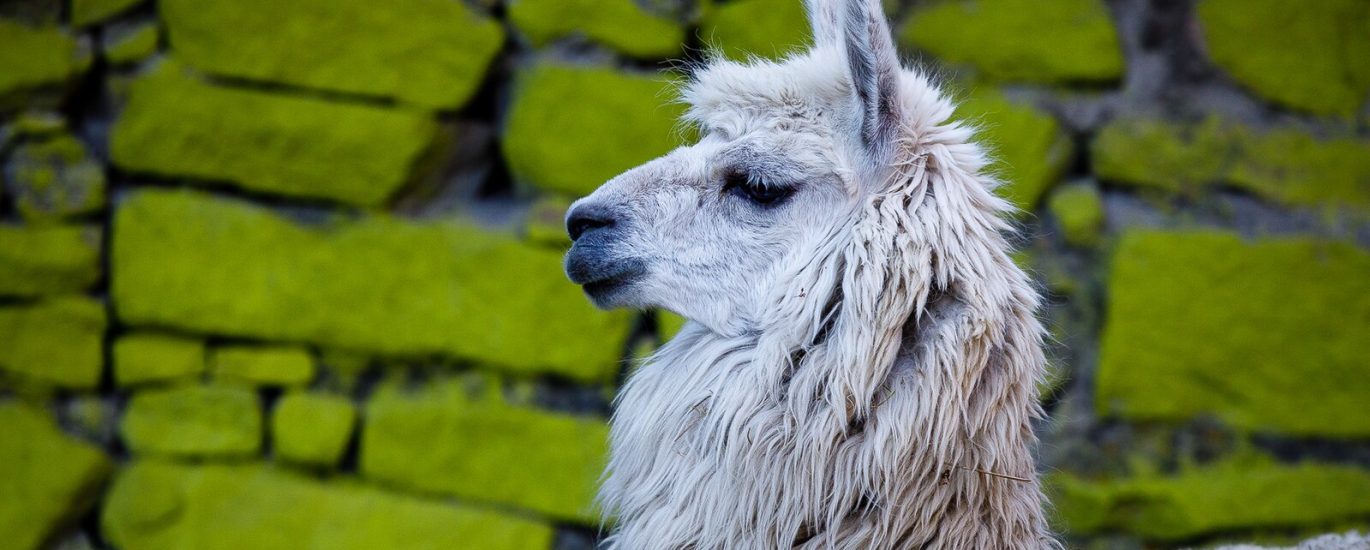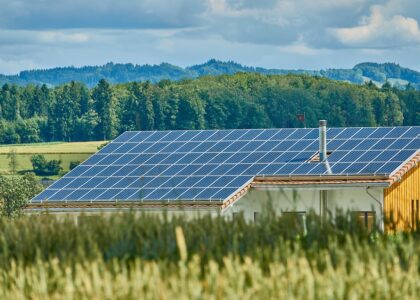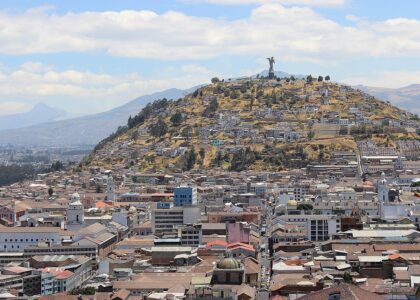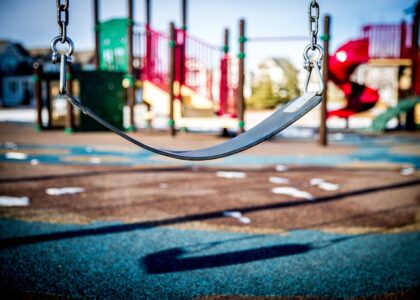Imagine a place where the magic of the past meets the promise of the future. That’s Peru for you—a country that seamlessly merges its rich history with forward-thinking ideas on sustainable living. For students from across the globe, Safe Homes tours offer a chance for you to dive into this exciting mix. When you travel with Safe Homes (a division of MEDLIFE), you get more than just a trip. You will get the unique opportunity to better understand Peru’s commitment to sustainable living and how they blend interesting design concepts. This isn’t just about seeing Peru—it’s about discovering the real-world power of sustainability and seeing it in action.
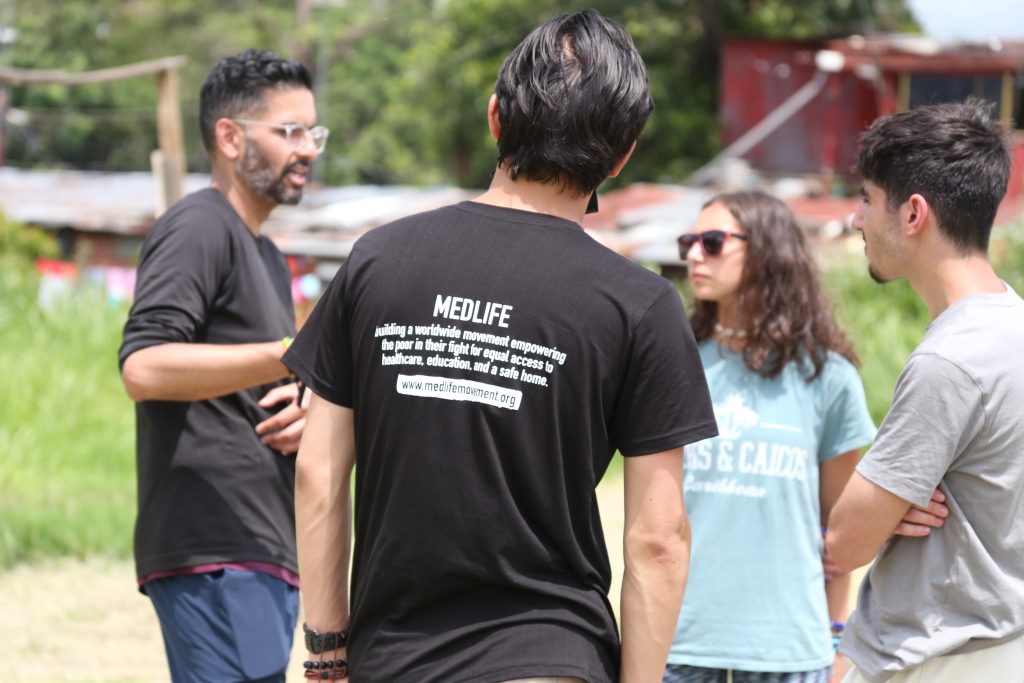
Sustainable Living in Peru: Nature and Design Intertwined
Peru’s story is deeply tied to its land. Think back to the Incas, the ancient civilization that built impressive structures like Machu Picchu. Their architecture wasn’t just about grandeur but about living in harmony with the surrounding environment, a true testament to the early concepts of sustainable living in Peru.
These ancient people had the foresight to build using the land’s natural contours, ensuring their structures would not only be beautiful but practical and sustainable as well.
Fast forward to the Spanish colonial period. The designs from this era, with their beautiful courtyards and open spaces, were also influenced by Peru’s environment. These spaces allowed for airflow and natural light, making homes and buildings more comfortable in Peru’s climate.
Today, Peru’s commitment to nature and sustainability remains strong. The old principles of design, influenced by the natural world, still play a big role. Modern buildings and spaces in Peru reflect this history, using sustainable practices inspired by the past but ensuring the future is always kept in mind.
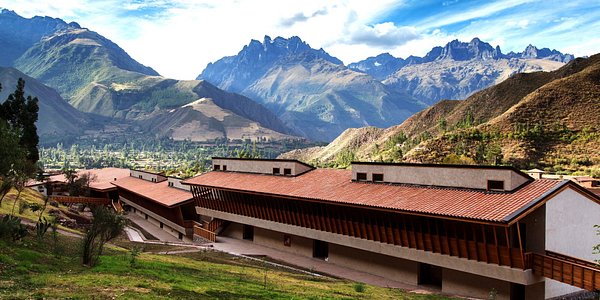
Modern Innovations, Ancient Inspirations
When José Cruz Ovalle took on the task of designing Explora Valle Sagrado, he wasn’t just building a hotel. He was adding to Peru’s rich architectural tapestry. His biggest challenge was to design something modern while respecting the land’s ancient roots. Fortunately, Ovalle didn’t shy away from this monumental task. Instead, he looked to the past and put himself in the ancient Peruvian’s shoes. Drawing inspiration from Incan walls and Spanish structures, he ensured the new building looked right at home in the Sacred Valley.
This blend of old and new isn’t unique to Ovalle. Take the Museo de Sitio Julio C. Tello, for instance. After an earthquake damaged the original structure, designers had the monumental task of rebuilding. They focused on creating a modern space that seamlessly fit its desert surroundings and echoed ancient design principles.
Then there’s Inkaterra La Casona in Cuzco. This spot was once a training ground for Incan armies and later became a 16th-century manor. Its recent restoration kept much of the old, from the foundations to wooden balconies, but it received the necessary upgrades to meet the needs of people today. This shows how Peru’s history can coexist with modern comforts. In these structures, the past is remembered and actively shapes how we live today.
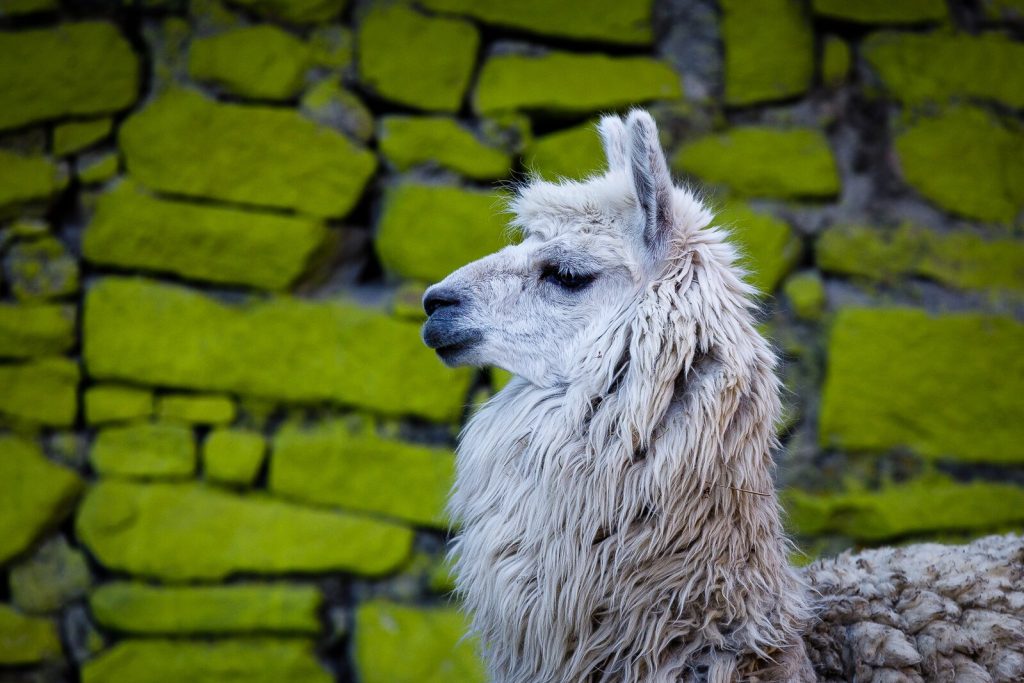
Sustainable Living in Peru: Beyond Structures
Sustainability in Peru isn’t just about how buildings are designed; it touches all areas of life. From the eco-friendly alpaca industry to the careful management of tourist traffic at Machu Picchu, sustainable living in Peru is evident in every sector.
Alpacas aren’t just iconic Peruvian animals; they also play a big role in fashion. And the best part? Alpacas are eco-friendly! Their soft wool is sought after by major fashion brands worldwide, helping to boost Peru’s economy while keeping things green.
Machu Picchu is another great example of sustainability. This world-famous site attracts thousands of tourists each year, but Peru understands the value of preservation. Steps have been taken to limit the foot traffic, ensuring that this ancient wonder remains for future generations to admire.
Fortunately, Peru doesn’t stop at fashion and tourism when it comes to sustainability. This forward-thinking country shows us that being eco-friendly can and should extend to every sector. Whether it’s how they farm, the way businesses operate, or even in day-to-day life, there’s an emphasis on respecting and preserving the environment. This isn’t just good for nature; it benefits the people, too. After all, a healthier planet means a healthier life for everyone. Peru isn’t just building sustainably; it’s living sustainably.
Safe Home's Unique Approach to Sustainable Living in Peru
While many tours might offer you beautiful sights and photo ops, Safe Homes offers a deeper approach. It’s not just about seeing Peru; it’s about deeply understanding this beautiful country. Here, you get to learn about sustainable development in real time, seeing how it’s making a difference right on the ground.
But what truly sets these tours apart is the hands-on experience they offer. Instead of just hearing about sustainable practices, you’ll be right in the middle of them. You get the unique opportunity to interact with local experts leading the way in sustainable change.
With Safe Homes, it’s more than a trip; it’s a journey into the heart of sustainable living. You won’t just be a tourist; you will be a hands-on participant in the real-life stories and experiences that make Peru unique.
Why Peru's Sustainability Matters for Students
Peru, with its fusion of ancient wisdom and modern innovation, stands as a testament to the fact that sustainability isn’t just a buzzword. The blend of architectural sustainability in Peru links directly to more significant issues like global responsibility, climate change, and empowering entire communities. As a student, embracing these lessons today can help shape your future career and drive you towards innovation and more purposeful contributions.
Safe Homes offers more than just a sightseeing trip—it’s an immersive deep dive into understanding the intricacies of sustainable development. Imagine walking through ancient Incan pathways one moment, then taking part in discussions with modern Peruvian architects. Safe Homes tours are your ticket to witness sustainability in its original form, allowing you to fully engage and understand a world that seamlessly blends the old with the new. So, take the leap. Join a Safe Homes tour and be more than just a student—contribute to a brighter, more sustainable future.


